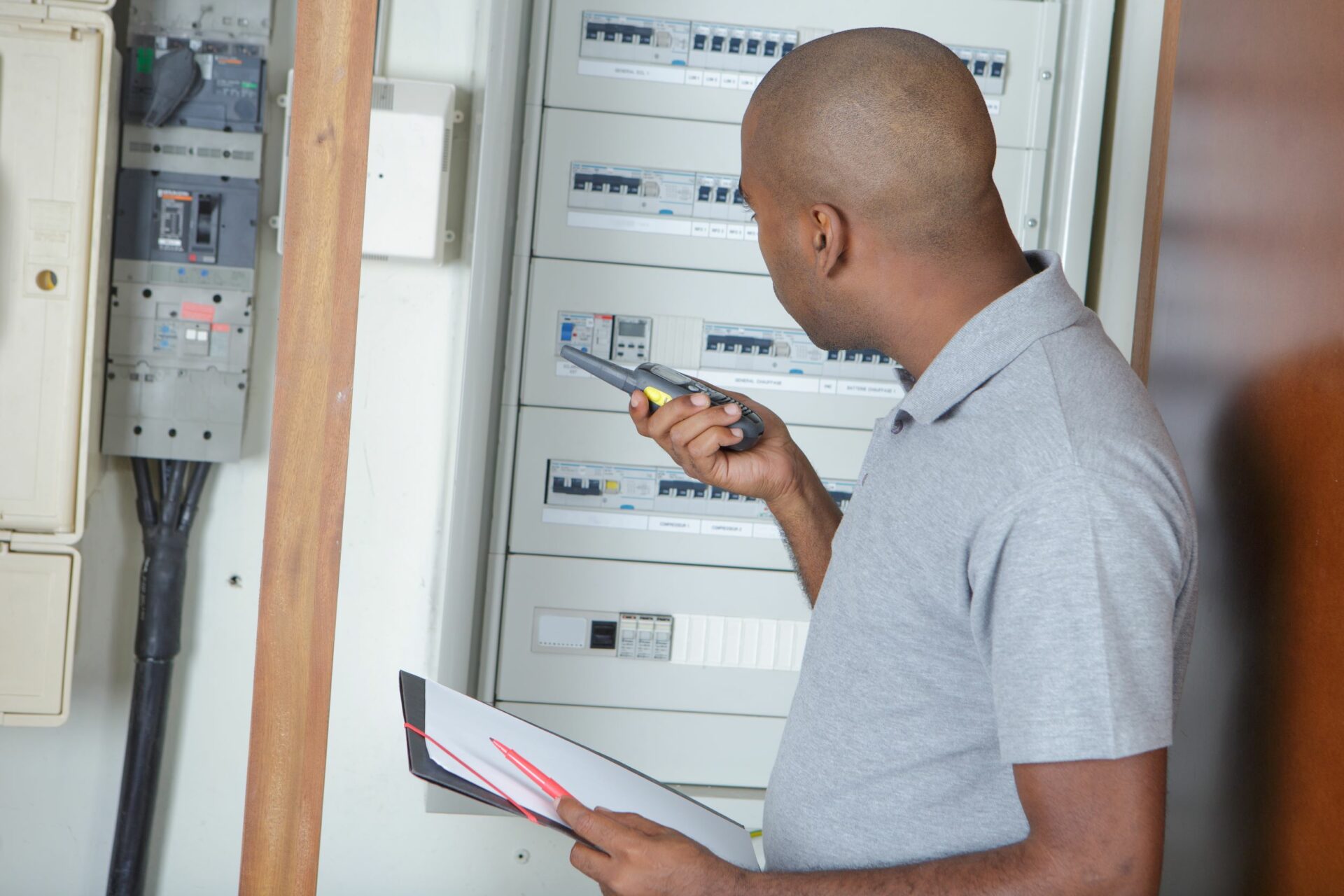A job hazard analysis is a key component in a company’s health and safety program. Hazard identification is critical in operating a safe workplace. A job hazard analysis or JHA is conducted to identify potential hazards on job sites and create a plan to mitigate those hazards. Company supervisors, project managers, foremen, and workers can use Job Hazard Analysis to eliminate potential hazards.
According to OSHA, A job hazard analysis is a technique that focuses on job tasks to identify hazards before they occur. It focuses on the relationship between the worker, the task, the tools, and the work environment. Ideally, after you identify uncontrolled hazards, you will take steps to eliminate or reduce them to an acceptable risk level.
Why Conduct a Job Hazard Analysis?
A job hazard analysis can prevent work-related death, injuries, or illnesses by eliminating or controlling identified hazards. It is a means to ensure workers have the training, equipment and supplies to do their jobs safely. A JHA will also help you in developing your accident prevention plan (APP), and additional Department of Labor safety requirements. The JHA can also be used to train employees in the hazards associated with a task and what control measures should be practiced.
Who needs to complete a Job Hazard Analysis or JHA?
Anyone working on a job site that has been designated by the supervisor. Jobs that require a job hazard analysis include but are not limited to:
- Jobs with the highest incident rates
- Jobs with potential to cause severe or disabling injuries or illness even if there is no history of incident.
- Jobs in which one simple human error could lead to severe incident.
- Jobs that are new to your operation
- Jobs that have undergone changes in process and procedures.
- Jobs complex enough to require written instructions
What are the next steps?
- There is no absolute way to complete a JHA, but the consensus is that employees need to be involved. Make sure they know how complete a JHA. Have employees complete JHA’s while a supervisor can review it.
- Break down jobs into tasks and analyze hazards for each task. Employees should identify the type of hazards, and the potential for injury. Remember, a job hazard analysis is an exercise in detective work. Your goal is to discover the following:
- What can go wrong?
- What are the consequences?
- How likely is it that a hazard will occur?
- How could it arise?
- What are other contributing factors?
- Write descriptions for each hazard.
- Once Hazards have been identified and described, develop a plan for control.
- Can the hazard be eliminated?
- What type of engineering controls can be implemented?
- What type of administrative controls and work practices can be implemented?
- What type of Personal Protective Equipment (PPE) will be required?
- Next, implement said controls
- Train employees on the implementations.
- Use the Job Hazard Analysis as a training tool.
Do the Tasks Safely
Once all the hazards have been identified, controlled for, and discussed with the supervisor as needed, the task may be completed.
Every employee should be aware of whom they can speak to if they require assistance or if they encounter any problems. Once the JHA form is completed, it should be initialed by everyone involved in the task.
Do you need help implementing a system to perform, document and store JHA’s? Give use a call. We will be happy to help and assist with anything related to job hazard analysis.
Call 866-627-3850 or email us at sales@jjsafetyllc.com to learn more.

I’m now not positive where you are getting your info,
however good topic. I must spend some time studying more or understanding more.
Thanks for excellent information I used to be on the lookout for this information for my mission.
Thank you for your comment. We appreciate any feedback from our readers. Good luck on your mission!